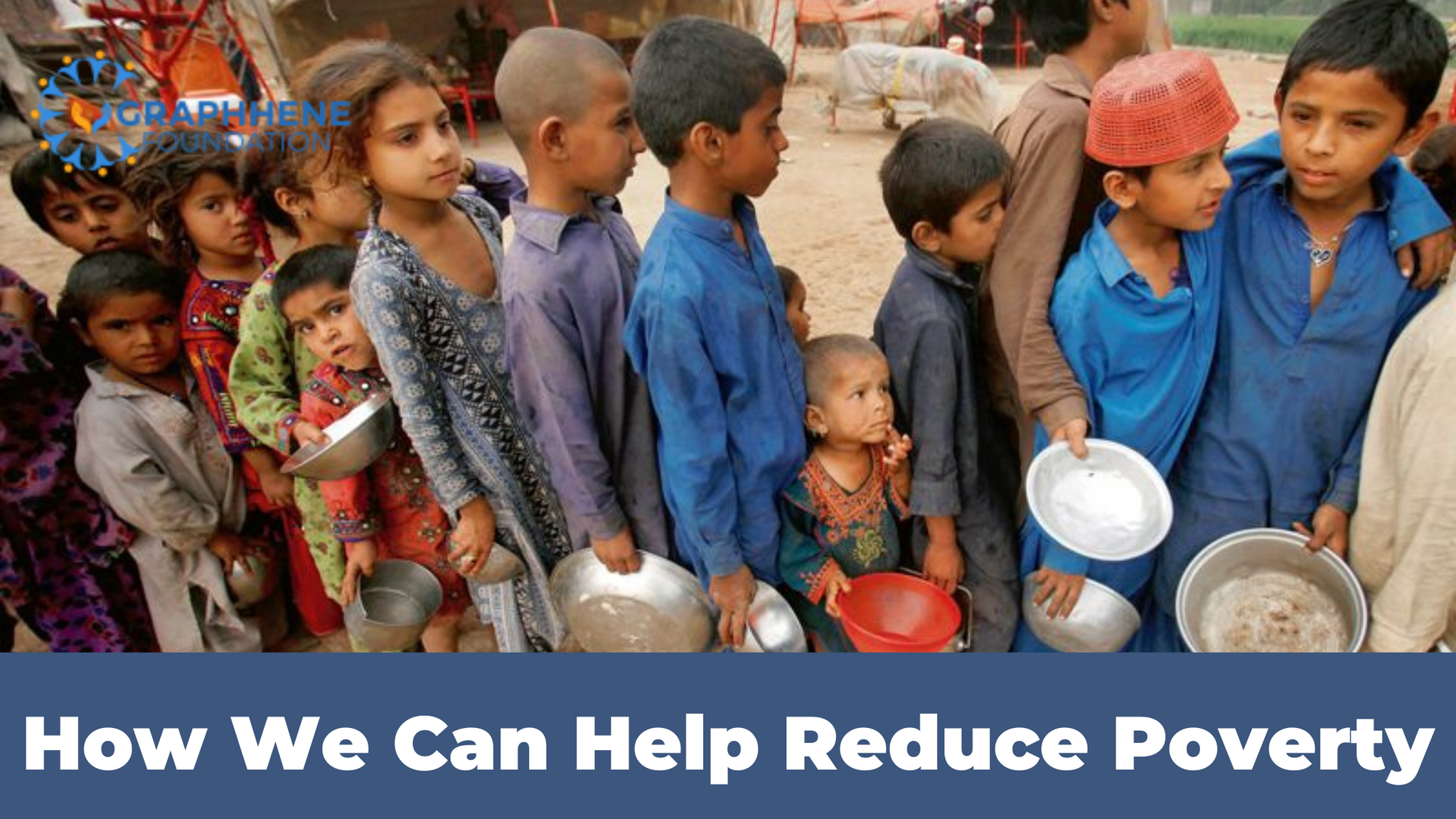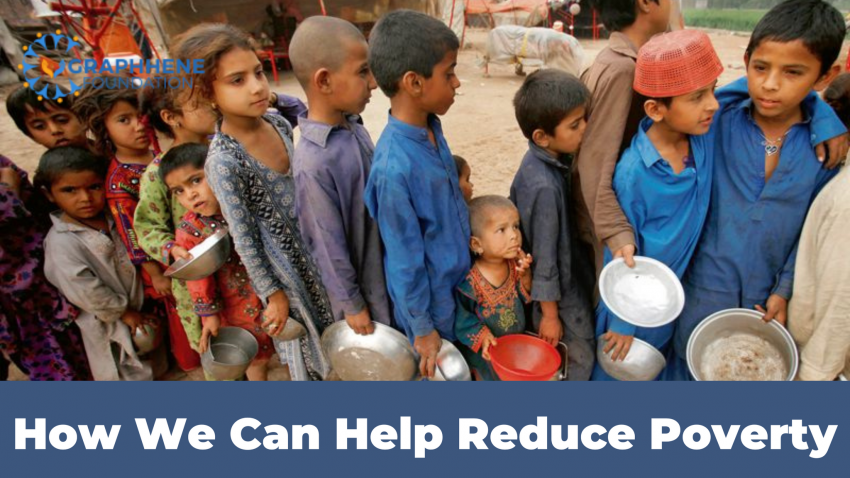How We Can Help Reduce Poverty?

Eliminating Poverty Through Equity
Unequal distribution of resources is a major contributor to low income. Without a voice in local decision-making, marginalized populations are even more deprived of resources and opportunities. To effectively combat poverty, it is essential that people of different backgrounds and affiliations work together to find effective solutions. Gender inequality is one of the most pressing issues we must solve. The High-Level Panel for Women’s Economic Empowerment at the United Nations estimates that women’s unpaid work contributes $10 trillion annually or 13% of global GDP. Women account for nearly 60% of the agricultural labor in developing countries, but control less than 20% of agricultural land, according to the Food and Agriculture Organization.
Reducing Poverty with Resilience
Take the Democratic Republic of the Congo, which has been plagued by violence ever since it declared independence from Belgium in 1960. Because of this, millions of Congolese have been forced to live in danger, either in areas of war or in refugee camps (or both). Those already struggling to make ends meet in the Democratic Republic of the Congo (DRC) in 2019 face an even steeper uphill battle when a second disaster, like the Ebola outbreak or the Mount Nyiragongo eruption in 2021, strikes.
Commit to Climate Change Solutions and Climate Justice
Climate change resilience is so crucial that it warrants its own paragraph. The World Bank estimates that a further 100 million people would be pushed into severe poverty as a result of climate change in the next decade if nothing is done. There is still a lot of anxiety, so we’re keeping our broad climate solutions (like Disaster Risk Reduction) and our targeted ones (like the Greenhouse Gas Reduction Fund (like Paribartan in India and Bangladesh, BRCiS in Somalia, and RAPID in Pakistan). However, a government commitment to climate justice, especially on the side of high-income countries whose carbon emissions are higher than those of low-income countries hit most by climate change, is one solution to poverty that goes beyond any humanitarian duty.
Eradicating Poverty Through Education
The United Nations Educational, Scientific, and Cultural Organization (UNESCO) estimates that 171 million people might be lifted out of extreme poverty if all pupils in low-income nations acquired even rudimentary literacy skills (nothing more). More than half of the world’s poor could be helped if all adults had completed secondary school. Education improves employability, mitigates the negative effects of marginalization, and strengthens resilience.
Halting Poverty by Ending Hunger and thirst
As simple as it may sound, ending the cycle of poverty can be as easy as eating three meals a day and consuming an adequate number of calories and nutrients. Not having enough to eat makes it difficult, if not impossible, to work. Drinking contaminated water increases one’s risk of contracting serious illnesses. The provision of clean water is particularly important for those who reside in rural areas. You may be able to deduce that access to clean water is a problem that disproportionately affects women if you remember our first point about discrimination. Women and girls spend an estimated 200,000,000 hours every day going large distances to obtain water.
Cash Solves Poverty
Microfinancing and direct cash transfers are two of the most effective ways to alleviate poverty. The ability to buy on credit facilitated the return of more than 300,000 Cambodian refugees to their homeland during Cambodia’s peaceful transition from war to peace. Microfinancing models brought into the country have helped to build village savings and loan, insurance, and cash transfer services in areas that need them the most, allowing people to purchase the tools and services they need to become self-sufficient despite the inflow of returnees. Cambodia’s economy expanded by an annual average of 8% between 1998 and 2018, and the country’s middle class rose rapidly throughout that time.

